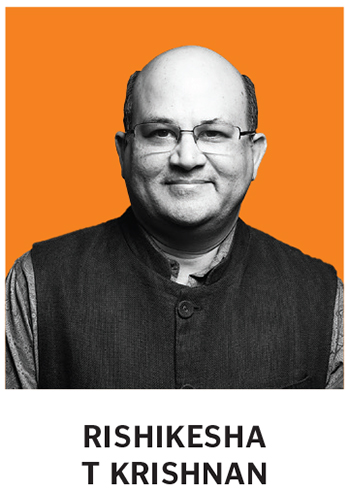Innovation: Spotlight On India’s Freedom To Innovate | Forbes India

 The National Research Fund announced as part of the new National Education Policy a year ago should enhance the freedom to innovate in academia by making more research funding available across the higher education system
The National Research Fund announced as part of the new National Education Policy a year ago should enhance the freedom to innovate in academia by making more research funding available across the higher education system
Illustration: Chaitanya Dinesh Surpur
Innovation is driven by people, ideas and capital. In the early decades after Independence, these were constrained by sheer issues of sustenance. Are we now ready and free to soar?
If startup numbers are anything to go by, there is no problem on this score. Literally, thousands of startups have been founded in the last decade and this trend shows no sign of abating soon. Funding is available to help these ideas flower and bloom, and the current stream of big IPOs, and acquisitions and strategic investments should allay any fears of early-stage investors regarding exits.
There are several bright spots in the broader innovation ecosystem. The Universal Payments Interface has provided a powerful ‘public goods’ backbone for fintech innovation, supported by the Reserve Bank of India’s ‘regulatory sandboxes’. Covid-19 has revealed our strong capabilities in rapid innovation of diagnostic test kits and vaccines. Tata Sons recently announced a strategic investment in Tejas Networks, India’s leading telecom tech company and exporter of high-end optical networking equipment. Infosys co-founder Kris Gopalakrishnan is supporting ambitious brain research programmes at the Indian Institute of Science and IIT-Madras. Through the Azim Premji Foundation and related institutions, Azim Premji is supporting the best ideas on how to enhance teaching effectiveness in Indian schools.
(This story appears in the 27 August, 2021 issue of Forbes India. You can buy our tablet version from Magzter.com. To visit our Archives, click here.)
